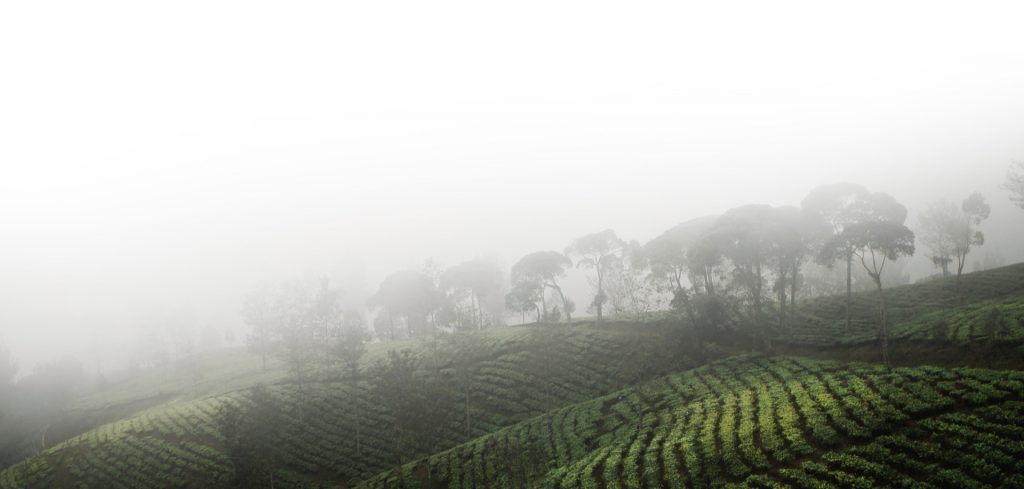Honduras is known for the wide range of coffee beans variations. Arabica coffee being the most prominent, but we can also find bourbon, caturra, cutai, and other varieties spread across different regions in the country. The soil is very rich in nutrients such as phosphorus, nitrogen, calcium, and potassium. The rich soil and the country’s climate are the main reason why there are so many different varieties of coffee plants one can expect to experience in various regions.

An introduction to the Honduran climate
Honduras is hot and tropical, with average annual temperatures of 26°– 29°C. Due to its high mountains in certain regions, the temperature is an average of around 16°C but drop as low as 7°C in the coldest nights in the western region. Considering that coffee plants require a mild climate with mean temperatures between 15°–25°C, Honduras is the perfect place for coffee farms to produce high-quality beans.
Given the country’s geographical position, the climate is mainly tropical and sunny all the year. Unlike other regions in the world, Honduras only has two seasons in a calendar year: the dry season and the rainy season. One of the main problems is inconsistency. It is often dry when water is most needed and rainy when the soil is flooded. This has been the problem many farmers have had to face when trying to grow their crops. In fact, in the 2019-2020 harvest, almost 5% of the country’s coffee exports dropped due to bad weather.
Impact of climate change in the coffee harvest
Extreme weather changes are a threat for Honduran agriculture – especially in terms of coffee production, which employs 29% of the labor force in the country. This puts the lives of millions of Hondurans at stake.
Scientists say Central America is among the regions that are most vulnerable to climate change. It was also identified as the most vulnerable country in Central America by Maplecroft, a British society, in their Vulnerability Index to Climate Change study. In a planet with an increased temperature – 0.93°C since the beginning of the 20th century – the area suitable for coffee production will reduce by up to 50% by 2050, as per a recent study by the Inter-American Development Bank. The increase in temperatures means that coffee could no longer be grown in some areas.
Though the competition is tough for coffee producers globally, there are a few regions that stand out from the others. Central America, for example, is one of the top five coffee producing regions in the world. In the heart of Central America, we can find Honduras, which has been a major player in the coffee market ever since they started getting recognition.
One of the country’s most famous brands, Thelmita’s Coffee, even started exporting to the Middle East, Southeast Asia, and North America. They state their focus is maintaining the true flavors of Honduran coffee and implanting them in their brand roots.




